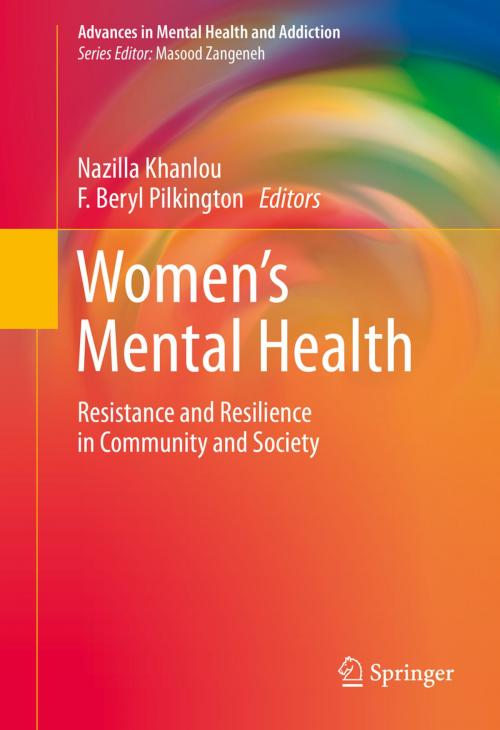Women's Mental Health
Resistance and Resilience in Community and Society
Nonfiction, Health & Well Being, Psychology, Applied Psychology, Social & Cultural Studies, Social Science, Gender Studies, Medical| Author: | ISBN: | 9783319173269 | |
| Publisher: | Springer International Publishing | Publication: | July 23, 2015 |
| Imprint: | Springer | Language: | English |
| Author: | |
| ISBN: | 9783319173269 |
| Publisher: | Springer International Publishing |
| Publication: | July 23, 2015 |
| Imprint: | Springer |
| Language: | English |
This book focuses on the social and societal context of women's mental health. Drawing from multidisciplinary perspectives and scholarship, it pays particular attention to how women's mental health is experienced at the personal level, yet it is influenced by their relationships and interacts with the larger societal context (such as prevailing gender equality policies, income distribution, role burden, peace and security). Specific attention is given to the positive aspects of women's mental health (such as agency, resilience) and how women’s personal relations across diverse domains (such as family, work, neighbourhoods) are constructed and influenced by, and in turn influence, broader societal structures/ policies/ opportunities. A unique feature of this book is that, at the end of each chapter, there is a Response section written by a non-academic such as a community member, practitioner or policy maker in which the invited authors respond to the chapter texts in the form of narrative, poetry, and/or prose, according to their various backgrounds, interests, and experiences.
This book focuses on the social and societal context of women's mental health. Drawing from multidisciplinary perspectives and scholarship, it pays particular attention to how women's mental health is experienced at the personal level, yet it is influenced by their relationships and interacts with the larger societal context (such as prevailing gender equality policies, income distribution, role burden, peace and security). Specific attention is given to the positive aspects of women's mental health (such as agency, resilience) and how women’s personal relations across diverse domains (such as family, work, neighbourhoods) are constructed and influenced by, and in turn influence, broader societal structures/ policies/ opportunities. A unique feature of this book is that, at the end of each chapter, there is a Response section written by a non-academic such as a community member, practitioner or policy maker in which the invited authors respond to the chapter texts in the form of narrative, poetry, and/or prose, according to their various backgrounds, interests, and experiences.















